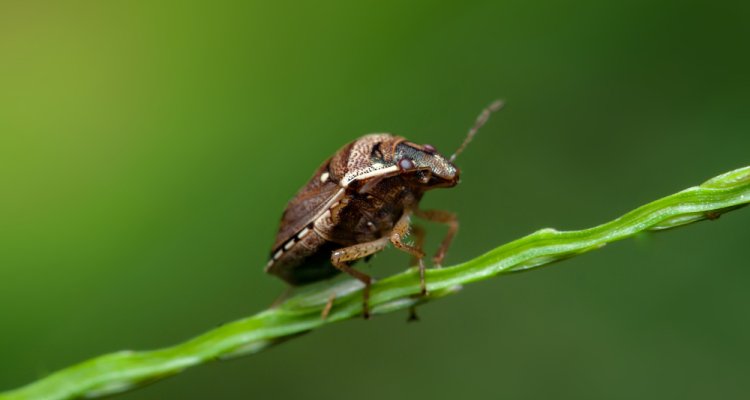
Project
TU-16021 Visual decision making by phytophagous insects
Although visual ecology of insects has been studied from the early 1950s until recently it has led so far only to relatively poor understanding of the total process of visual decision making by phytophagous insects and no integration with the role of chemical stimuli in host plant detection by insects.
The available knowledge has not led to improvement of traditional trapping systems for insects (e.g. sticky traps, water traps, funnel traps). We know that in general phytophagous insects respond positively to light reflectance patterns related to plants and plant parts (e.g. flowers and fruit) with the goal to identify suitable food plants and/or places to mate and reproduce. We also know that many insect species integrate the visual information with the information of the odour profile specific for the host plant in their search.
While odours may be perceived by the insect from a distance where the visual information is not yet available, the odours may guide the insect to the point where the visual information becomes available. From that point on it is often not clear if and how chemical and visual stimuli are interacting in guiding the insect to the target source. Aspects as flight, target approaching, landing and searching after landing on the target are different processes in decision making that may be influenced by different stimuli. For thrips, the European tarnished plant bug and the Brown marmorated stink bug are important pests in agriculture - we integrate the knowledge on behaviour to olfactory stimuli with knowledge we develop on the factors of importance in visual orientation to improve trapping which may lead to new options for control, such as mass-trapping and lure&kill.
Publications
-
Chemical and visual ecology of thrips - Improvement of visual attractive trapping systems for monitoring and control
-
Optimizing thrips-control in green houses
-
New collaboration with world’s best agriculture university
-
Meer wantsen en tripsen in de val
-
The response of Western flower thrips to visual cues in a wind tunnel.
-
Are more visible traps more effective? : Visual attraction for pest insects: a fundamental step towards optimum monitoring and mass trapping
Wageningen: Wageningen University & Research -
The ideal trap for pest insects
-
Leidt een voor insecten beter zichtbare val tot betrouwbaarder vallen? : Visuele attractie van plaaginsecten
Wageningen: Wageningen University & Research -
Resultaten tot juni 2018
-
Resultaten 2017 tot januari 2018